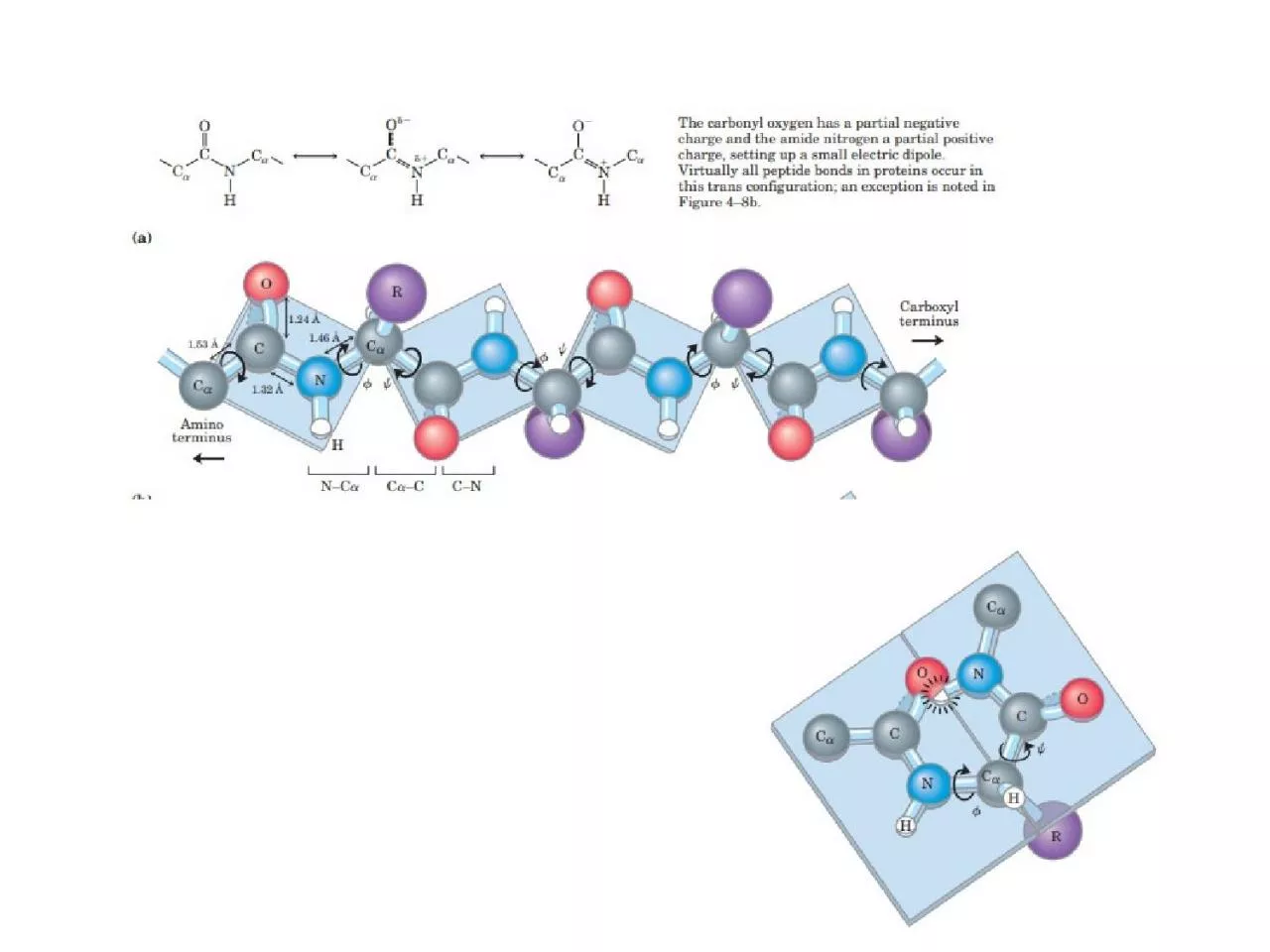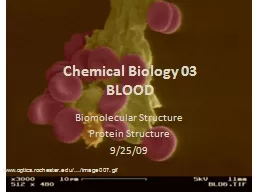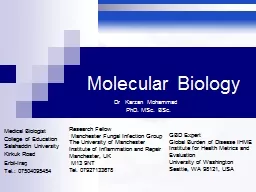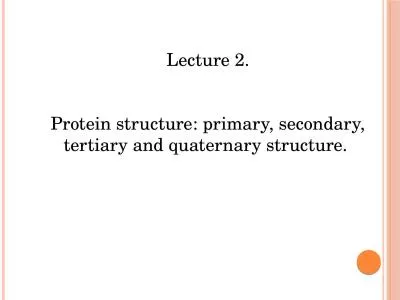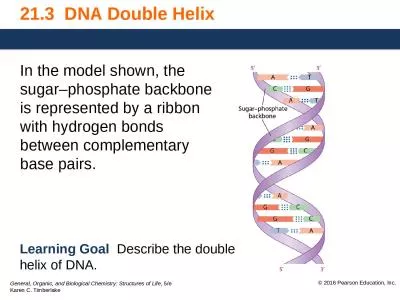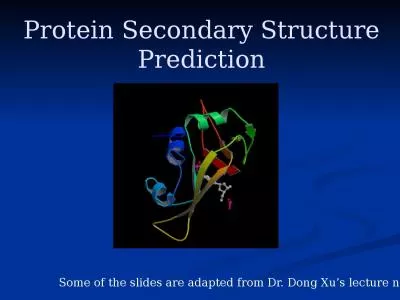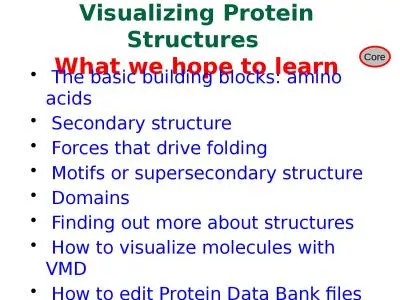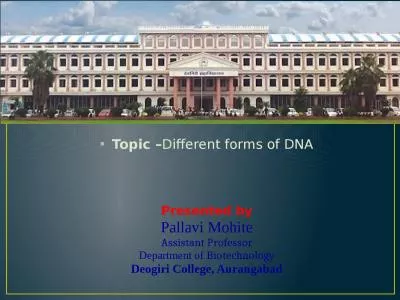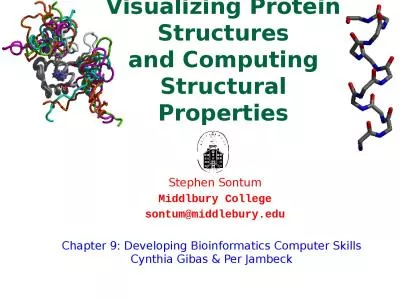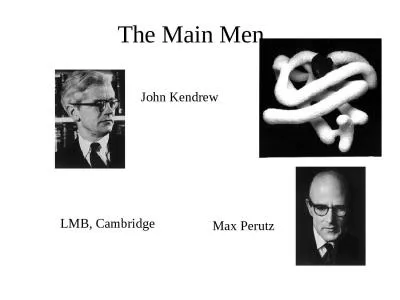PPT-Four models of the helix, showing different aspects of its structure. (a) Formation of
Author : delcy | Published Date : 2023-11-22
α helix The planes of the rigid peptide bonds are parallel to the long axis of the helix depicted here as a vertical rod b Ballandstick model of a right handed
Presentation Embed Code
Download Presentation
Download Presentation The PPT/PDF document "Four models of the helix, showing differ..." is the property of its rightful owner. Permission is granted to download and print the materials on this website for personal, non-commercial use only, and to display it on your personal computer provided you do not modify the materials and that you retain all copyright notices contained in the materials. By downloading content from our website, you accept the terms of this agreement.
Four models of the helix, showing different aspects of its structure. (a) Formation of: Transcript
Download Rules Of Document
"Four models of the helix, showing different aspects of its structure. (a) Formation of"The content belongs to its owner. You may download and print it for personal use, without modification, and keep all copyright notices. By downloading, you agree to these terms.
Related Documents

